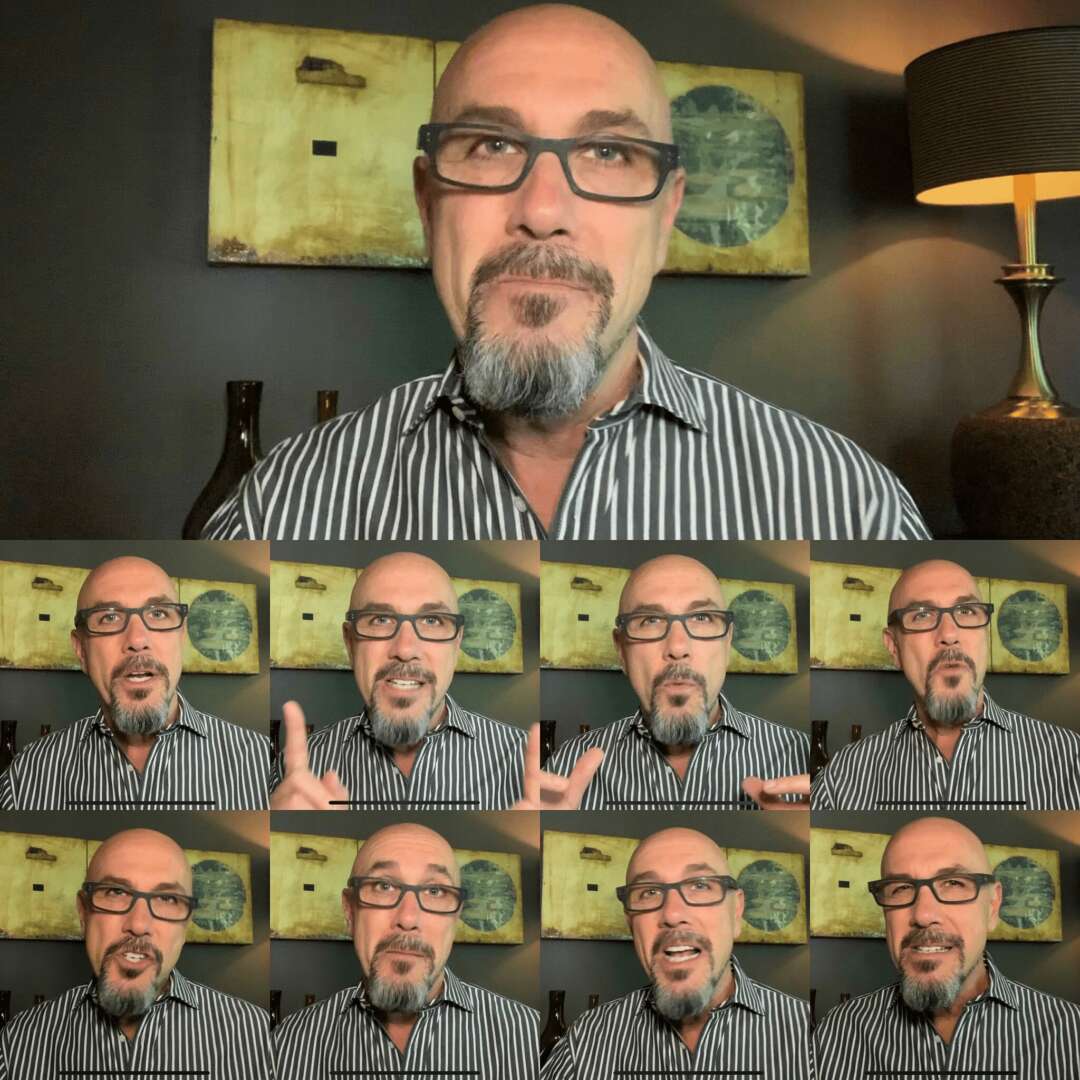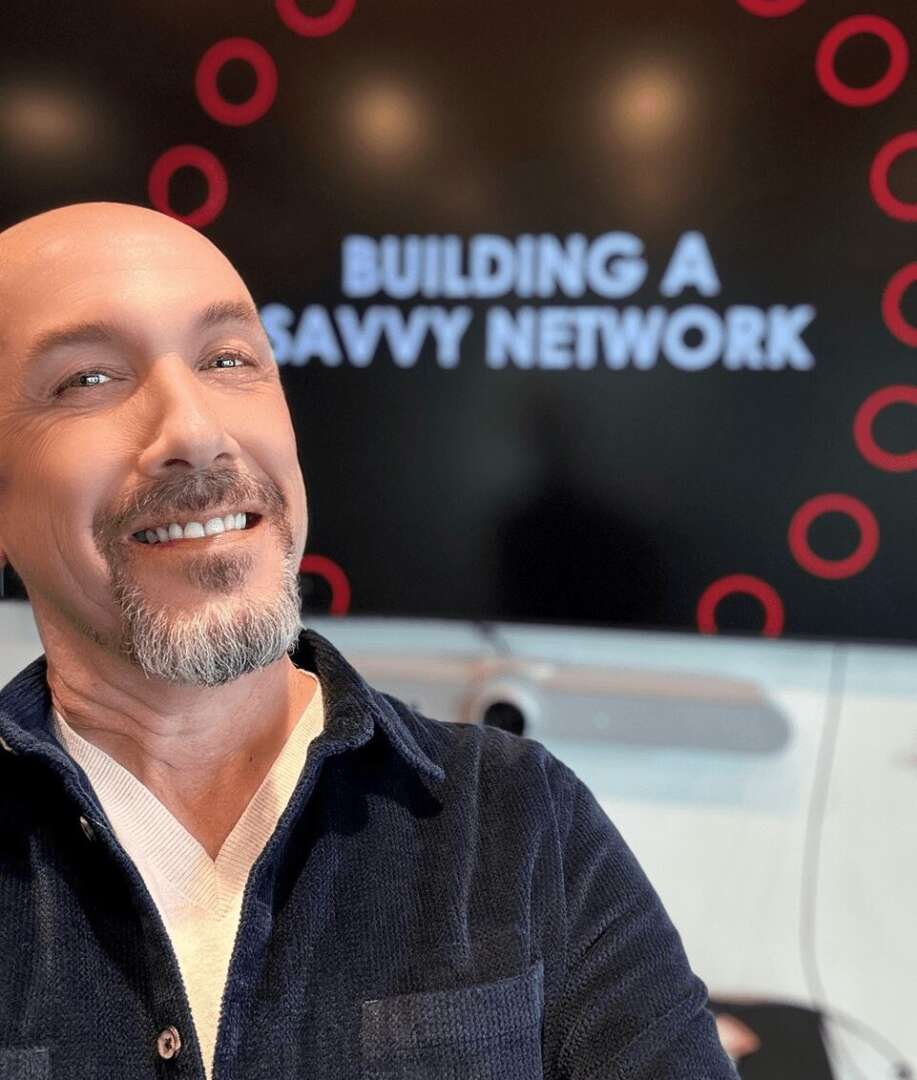We were lucky to catch up with Ken De Loreto recently and have shared our conversation below.
Ken, thanks for joining us, excited to have you contributing your stories and insights. Naming anything – including a business – is so hard. Right? What’s the story behind how you came up with the name of your brand?
When I went out on my own 20 years ago, I had no clue as to how to run a business let alone name one. Frankly, I wasn’t sure I was even going to find a client, but I took the advice of a trusted colleague and entrepreneur who calmly told me, “Ken, have some money in the bank and trust.” I took that advice to heart, but still I didn’t know how to invoice, generate business, or even put together a SOW. After all, during my time as an employee in a consulting firm, we had people who did that stuff. I simply knew how to do what I do: facilitate learning, coach, and generate insight for my clients. So, I formed my business as a sole proprietorship with my name as its name. It seemed to make some sense because I was the product. Even so, it never felt completely right to me. Something was missing. Then, a client sparked a new name for my business.
I was brought in to coach a client organization’s sales pursuit team that was in the process of bidding on a huge piece of business. They were the incumbent, and decided to follow a “we know you better than the competition” strategy to win and keep the business. As I met with the 10 members of the pursuit team, they shared that their client was rebranding, and that they wanted to approach the work they did with their clients as new and different. They wanted to be seen as the “sexy” choice in their space. The word “sexy” kept coming up in the pursuit team meetings, and yet they were deeply wedded to the “we know you” strategy. I finally stopped their conversation and said, “Your partner of three years has just told you they’re not sure they want to stay with you. They need to feel sexy, desired, and exciting, and you’re planning on telling them they should stay with you because you know which drawer they keep their socks in. Do you expect them to say, “Yes, we should stay together because your knowing where my socks are is so sexy?” They stared at me in silence, and then started bubbling with new ideas about how to be sexy as a partner. In the end, they went in with “we find you sexy and we are too” strategy, including how they chose to dress for the pitch. They won the $639 million dollar piece of business, and attributed that win in large part to the shift in strategy which came from my provocative approach with them.
After their win, I reflected on the pursuit process and that word the client used to describe me: Provocative. Growing up in business, I had been taught to blend, to approach my work in the same way as others, and to represent my organization’s brand. That straight jacket never felt comfortable to me, but I tried to do it. Then, without recognizing it, starting my own business had given me permission me to show up differently, more authentically than I had in the past as an employee. I realized that provocation was the differentiated essence of what I do as a coach, a facilitator, a business partner, and as a human being. My job, when I do it well, is to show up as myself, ask the questions no one is asking, and say the things that no one dares to say to inspire new, better, winning action from others. In that moment, Provoke Learning was born, and the name reminds me every day to be a differentiated resource to my clients. I’m not like everyone else. I’m not supposed to be. I’m supposed to provoke learning, and I’ve done my best to make that happen for the past 20 years. I’m smiling now because I’m reminded of a mentor of mine who years ago told me, “Ken, you’re not like everyone else. Real “business people” won’t understand how you got into the room with them. Use that!” And so I do.

As always, we appreciate you sharing your insights and we’ve got a few more questions for you, but before we get to all of that can you take a minute to introduce yourself and give our readers some of your back background and context?
For over 35 years (which is shocking for me to hear myself say), I’ve worked with major companies around the world helping their sales people to sell, their leaders to lead, and their people to be as productive and engaged as possible. Often, I’m an external core member of a team implementing a learning strategy designed to help the organization be stronger. It’s that simple, and that complex. I don’t know about you, but learning isn’t a top priority for many, particularly when they’re busy enough just trying to do the work they have on their list. My job, when I do it well, is to help people find ways to reflect and identify what will make their work easier, and maybe even more fulfilling. Whether it’s about developing one’s emotional intelligence to be better in the face of work-place challenges, sharpening one’s communication and presentation skills to better influence customers and stakeholders, increasing a sense of inclusion and belonging, or being a stronger coach for one’s direct reports, I’ve probably been involved in making it happen for some amazing client organizations. If it has to do with people in the workplace, which so much does for successful organizations, I’ve worked on making it happen for my clients.
In that, I’m most proud of the longtime relationships I’ve had with my clients. Some in my work prefer to parachute in for a workshop or meeting and then move on. For me, that wouldn’t work. I need to see the results and learn from what worked and what could be better. That comes from sticking around. I see myself as one of the most monogamous consultants. Yes, I play the field with multiple clients, but on the risk of sounding clichéd, each one is special to me. While some of my client relationships last 5 or more years, a number of them are in the double digits, with one in particular is coming up on 20 years of great work together. That’s not a given in my world. Clients often want new, now, next, so it’s up to me to remain of value. That involves continually learning and honing my skills. It’s why the work never gets boring. It’s always changing, and I’m always growing.
How’d you build such a strong reputation within your market?
My business is a professional service, and just as you most likely wouldn’t find your doctor or lawyer by looking at online ads, most of my clients don’t find learning partners that way either. New business has always been generated by word of mouth and recommendations. So, my reputation is critical to the success of my business.
Years ago, I realized that I was only as good as my last “gig”, meaning that each touch point is a chance to prove my worth or to fail. While that might cause debilitating anxiety for some, for me it’s a motivating anxiety. That headset makes me dig in and really be alert, particularly when I’m leading a workshop I’ve led a thousand times. I have to look for what will make this particular time important for this particular group of participants. That also speaks to my style in and out of the classroom, whether it’s face-to-face or virtual. I don’t want to be like other “consultants” the client has worked with, or like other “trainers” a group has seen before in a class. I want the skeptics to leave changed, those who’ve “tried everything” to find new approaches, and those who lack confidence to feel excited to take new steps. Making that happen consistently over 35 plus years is how I built my reputation, one “gig” at a time.
In addition, my work often happens by partnering with some amazing, trusted, and talented colleagues. There again, I’ve been fortunate to have decades-long relationships with some truly superb learning professionals. It’s so important that those colleagues want to work with me. I have to be cool to work with and good at the work. As a result, those colleagues make me smarter over time, and by partnering we are able to attack bigger client challenges than any of us could alone. So, it’s reputation at two levels that needs constant consideration and management: my clients and my colleagues.

Have you ever had to pivot?
The pandemic forced most of us to have to pivot in business and in life. Up until that point, most of my work required travel and many of my clients were wedded to face-to-face workshops for their people. When the pandemic hit, all the bookings on my calendar disappeared. I’d been through something like that years before as a result of 911, so I knew I could make it through. To do that, I had to tap into a skill I’d already developed and build a new skill.
In terms of the existing skill, I’d been leading virtual classroom sessions for over 15 years. So, now was the time to help clients retool existing courses to the virtual world and then lead them successfully. For many of my clients that was new territory, and I was so grateful that I’d previously developed that skill to help them in an unprecedented time. I had one client call me six months into the pandemic when the thought of it simply ending proved to be unrealistic. She said they needed to figure out how to provide needed learning, but not in a classroom. She sounded panicked. I found this fascinating given the fact that her organization is number one in a multi-billion dollar industry. When I told her I had deep experience in virtual learning she breathed a sigh of relief and said, “You have? Oh, we need your help!” It was another sign to me that continuing to augment one’s skill set is key to remaining valuable.
The new skill I developed came from a client’s request for some type of “learning videos” to reach employees given that face-to-face was impossible. I’d never produced my own video at that point, but I believed I had the puzzle pieces to do it. It tapped into a variety of work and non-work skills, for example, being a trained theater actor, having taken television production classes in college, being a trained storyteller, and having an eye for visual detail. I’d also been on numerous video shoots for previous client projects, so I stepped up and took on the challenge. During the first two years of the pandemic, I was involved in scripting, being the talent for, editing, and producing over 60 client videos. Let’s just say iMovie and I became really good friends, and my revenue stream never decreased. In fact, it doubled. The lesson for me is that when we keep developing ourselves, even though we may not see the link between skill areas, sometimes they can come together in the most wonderful, marketable ways.
Contact Info:
- Website: https://www.provokelearning.com
- Facebook: https://www.facebook.com/provokelearning/
- Linkedin: https://www.linkedin.com/in/kendeloreto/
Image Credits
All photos by me


